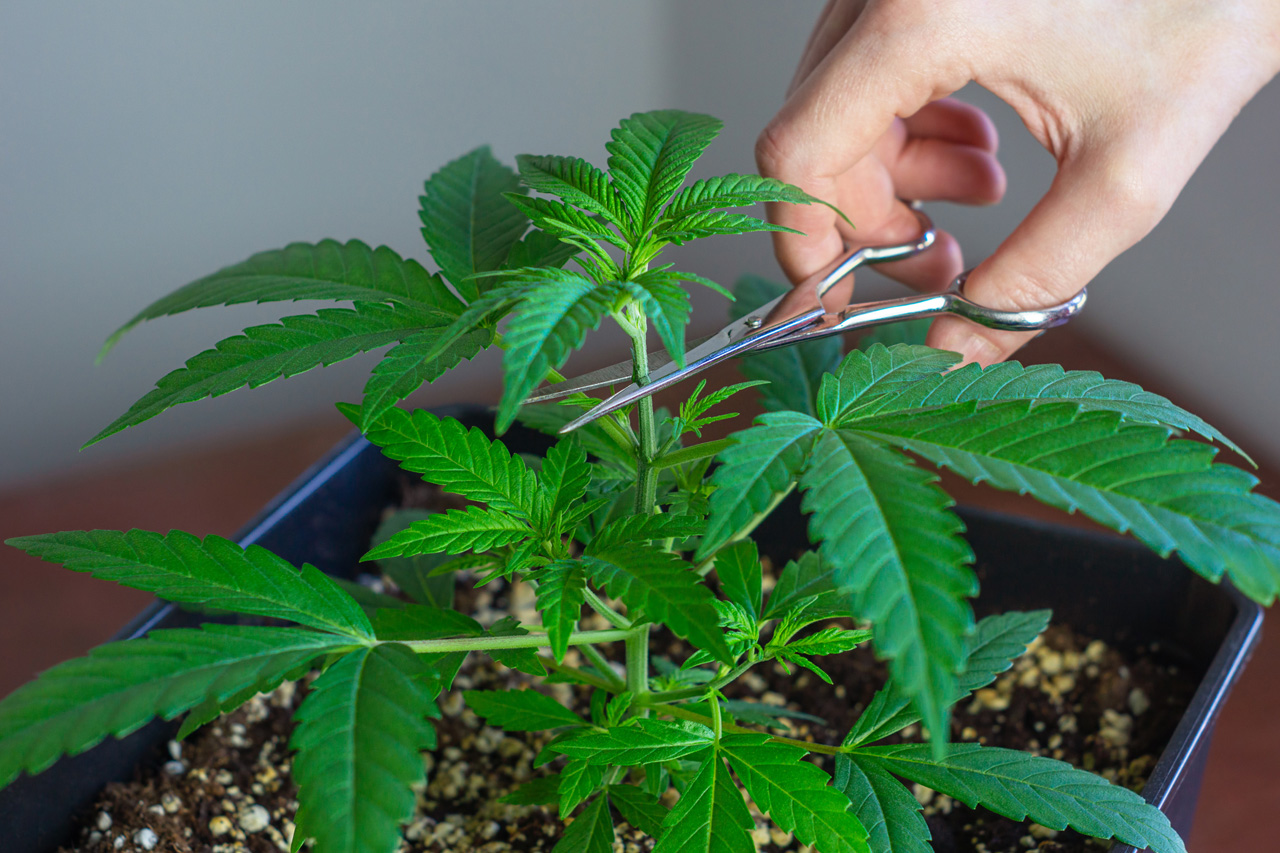Knowing when and how to top your cannabis plants is crucial for maximizing yield, improving plant structure, and mitigating the risk of mold and pests. In this comprehensive guide, we will delve into the art of topping cannabis plants, exploring the timing, techniques, benefits, potential risks, and essential aftercare practices. By understanding the intricacies of topping, you can optimize your cannabis crop and achieve the best possible results.
1. Understanding Topping and its Purpose:
Topping involves removing the growing tip of a cannabis plant, redirecting its energy to lower buds and promoting bushier growth. By strategically pruning the plant during its vegetative stage, you can enhance yield, manage light exposure, and optimize plant structure.
2. Timing is Everything:
Topping should be performed while the plant is still in its vegetative stage, just as it begins to develop buds. This timing ensures that the plant has enough time to recover and redirect its growth towards lower branches. Understanding the growth stages of your specific strain is crucial for accurate timing.
3. Different Approaches to Topping:
There are various approaches to topping cannabis plants, including early topping and late topping. Early topping involves removing the first set of nodes, encouraging lateral growth and foliage development. This technique is ideal for compact grow spaces and managing light leaks. Late topping is performed once the plant has formed a couple of sets of nodes, promoting multiple main stems and maximizing bud sites.
4. Benefits of Topping:
Topping offers several advantages for cannabis growers. By removing the growing tip, the plant allocates more energy to lower branches, resulting in increased yields. On average, growers can expect up to a 50% increase in yield through topping. Additionally, topping encourages a bushier plant structure, minimizing the risk of light leaks and facilitating easier plant management. The strengthened branching structure also enhances the plant’s ability to resist mold and pests.
5. Topping Techniques and Aftercare:
When topping your cannabis plants, ensure you have the proper tools, such as clean, sharp scissors or garden shears. It’s crucial to sterilize your equipment between plants to prevent the spread of pests and diseases. After topping, provide the plants with adequate aftercare, including temporarily reducing watering to avoid further stress, supplementing with additional nutrients, monitoring for pest infestations, and allowing sufficient time for recovery and growth.
6. Potential Risks and Considerations:
While topping can significantly benefit your cannabis crop, there are risks to be aware of. Improper topping techniques or excessive topping can stunt growth, hinder bud development, and create uneven plant structures. Careful timing and moderation are essential to avoid these pitfalls. Topping should only be performed when necessary and with proper consideration of the plant’s growth stage and strain characteristics.
Mastering the art of topping cannabis plants is a valuable skill for any cannabis grower. By understanding the purpose, timing, techniques, and aftercare practices associated with topping, you can enhance your crop’s yield, improve plant structure, and reduce the risk of mold and pests. Remember to approach topping with patience, precision, and a keen eye for the unique needs of your plants. With these insights, you’ll be well on your way to achieving a bountiful and high-quality cannabis harvest.



